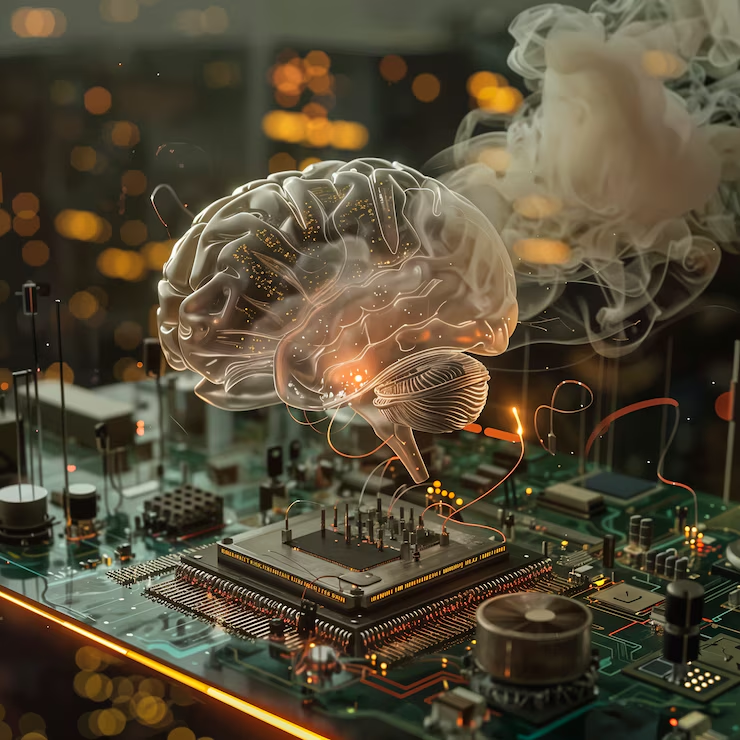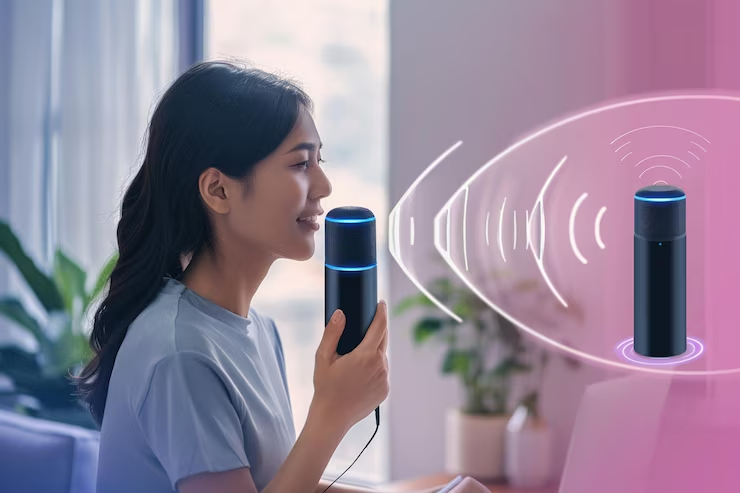Next-Gen Brain-Computer Interfaces are redefining how we interact with technology. At Calm Wires, we explore their potential to merge thought with action. These tools are designed to interpret neural signals and enable seamless communication between the brain and external devices.
Next-Gen Brain-Computer Interfaces hold promise for healthcare, gaming, and accessibility. They bypass physical movement and give users new forms of control. With precision and learning, these interfaces offer groundbreaking potential in tech evolution.
What Are Brain-Computer Interfaces
Brain-Computer Interfaces are systems that allow direct communication between a human brain and a machine. Next-generation models are more accurate, responsive, and non-invasive, focusing on real-time decoding of brain signals.
The Rise of Non-Invasive Neural Tech
Traditional brain tech relied on implants. Newer versions use wearable headbands or sensors to read electrical brain signals without surgery. These are safer, easier to adopt, and increasingly effective in capturing brain activity.
Real-Life Applications Transforming Lives
From restoring movement in paralyzed patients to helping users control digital environments through thought, applications are vast. Education, therapy, and communication are gaining enhanced access through this advanced tech.
Gaming and Entertainment on a New Level
Games powered by thought control introduce immersive experiences. Players navigate, command, or interact without using hands. This opens a new era of interaction beyond controllers and touchscreens.
Ethical Considerations and Data Privacy
With direct access to neural activity, ethical questions emerge. Clear regulations are needed to prevent misuse of personal brain data. Developers must prioritize consent, transparency, and control.
The Future of Human-Tech Integration
Next-gen interfaces may soon become everyday tools. From smart homes controlled by thought to brain-driven content creation, they are at the frontier of natural interaction, making devices feel like extensions of the self.
FAQs
Q1.What makes Next-Gen Brain-Computer Interfaces different?
A:They are more advanced, accurate, and often non-invasive. They decode thoughts faster and allow for smoother control of digital systems.
Q2.Are these interfaces safe to use?
A:Non-invasive options pose little to no health risk. They function using external sensors and do not require surgery or internal implants.
Q3.How can Brain-Computer Interfaces help disabled users?
A:They enable users to control devices with their thoughts, helping with communication, mobility, and independence in everyday tasks.
Q4.Is this technology available to consumers yet?
A:Some early versions are available for research, gaming, and medical use. Wider consumer adoption is expected as affordability improves.
Q5.Will these interfaces replace traditional input methods?
A:They will likely complement rather than replace existing tools, offering new possibilities for interaction without fully removing current devices.
Conclusion
Next-Gen Brain-Computer Interfaces represent the future of seamless human-machine interaction. They transform the way we communicate, navigate, and operate technology. From enhancing accessibility to revolutionizing digital experiences, this field is not only inspiring but also deeply impactful. As these interfaces evolve, so does the potential for a more connected and intuitive digital future.




